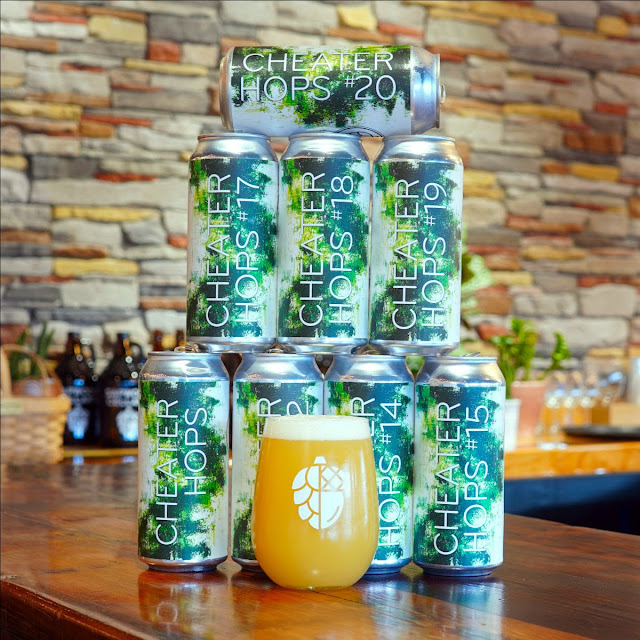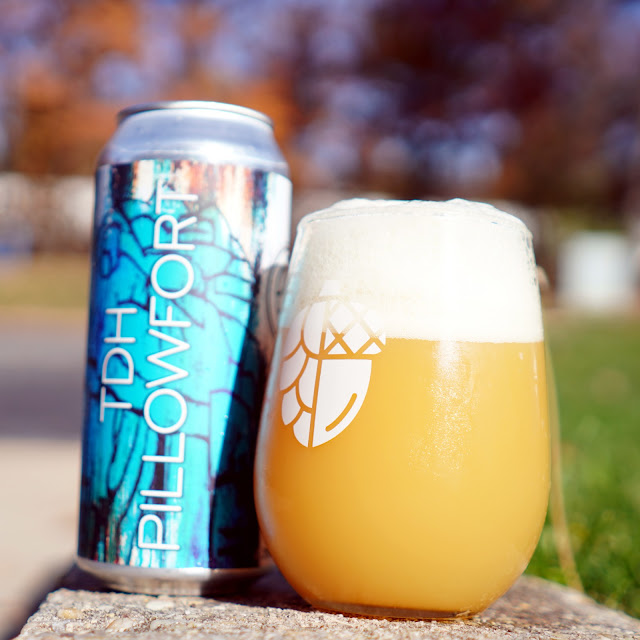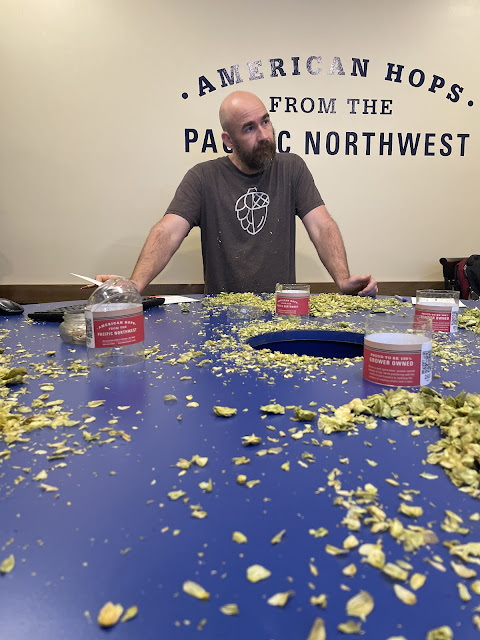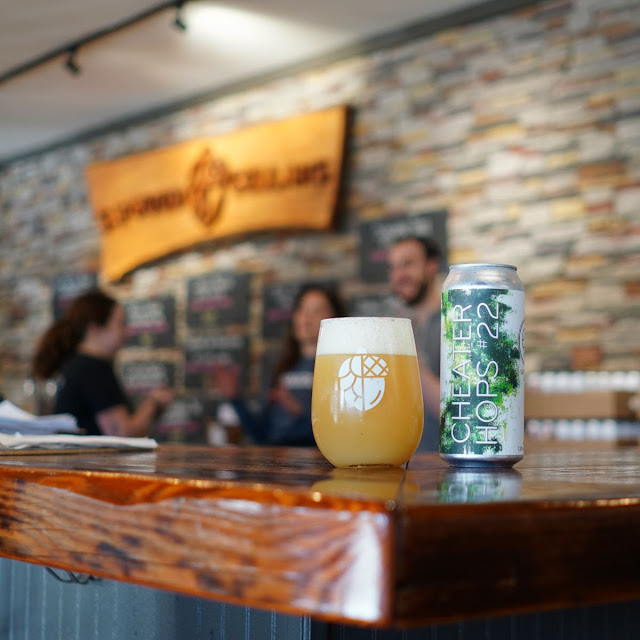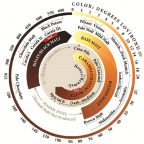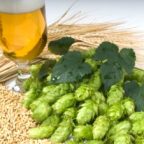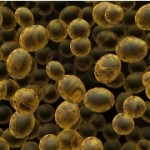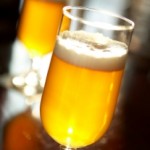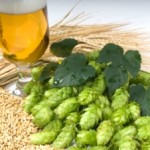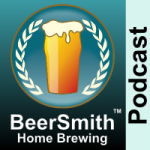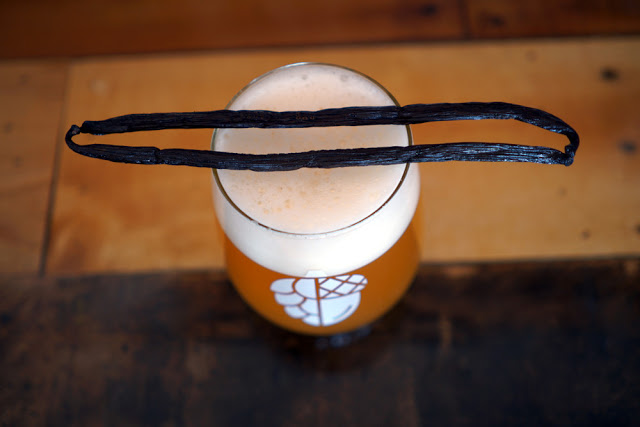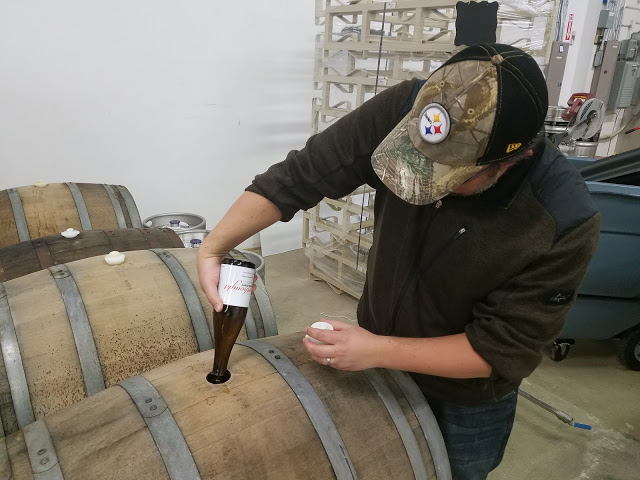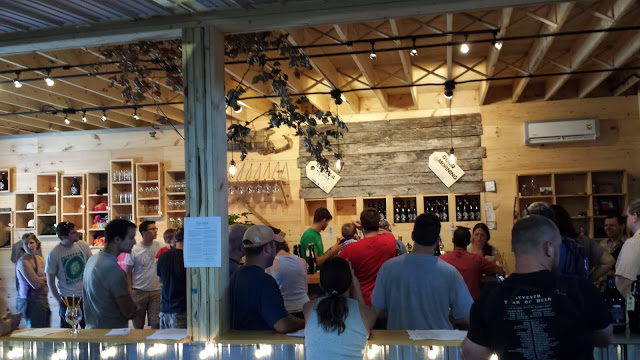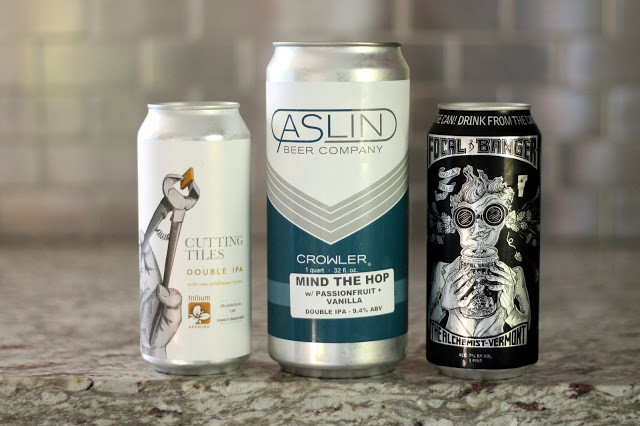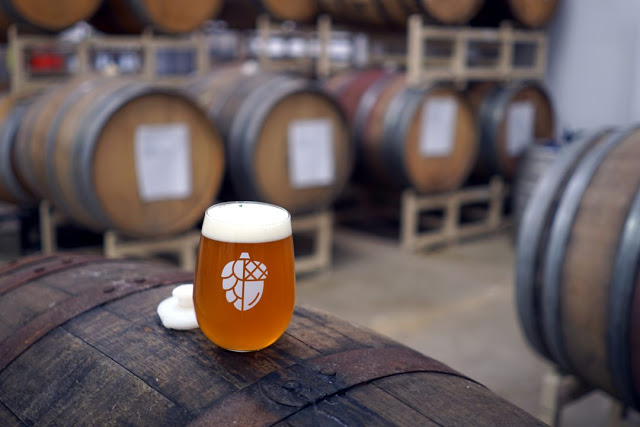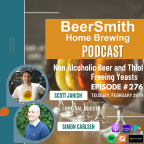 Scott Janish from Sapwood Cellars and Simon Carlsen from CHR Hansen join me this week to discuss using innovative yeasts to create low alcohol and non-alcoholic beers. Subscribe on iTunes to Audio version or Video version or Spotify or Google Play Download the MP3 File– Right Click and Save As to download this mp3 file. […]
Scott Janish from Sapwood Cellars and Simon Carlsen from CHR Hansen join me this week to discuss using innovative yeasts to create low alcohol and non-alcoholic beers. Subscribe on iTunes to Audio version or Video version or Spotify or Google Play Download the MP3 File– Right Click and Save As to download this mp3 file. […]  Scott Janish from Sapwood Cellars and Simon Carlsen from CHR Hansen join me this week to discuss using innovative yeasts to create low alcohol and non-alcoholic beers. Subscribe on iTunes to Audio version or Video version or Spotify or Google Play Download the MP3 File– Right Click and Save As to download this mp3 file. […]
Scott Janish from Sapwood Cellars and Simon Carlsen from CHR Hansen join me this week to discuss using innovative yeasts to create low alcohol and non-alcoholic beers. Subscribe on iTunes to Audio version or Video version or Spotify or Google Play Download the MP3 File– Right Click and Save As to download this mp3 file. […] 

